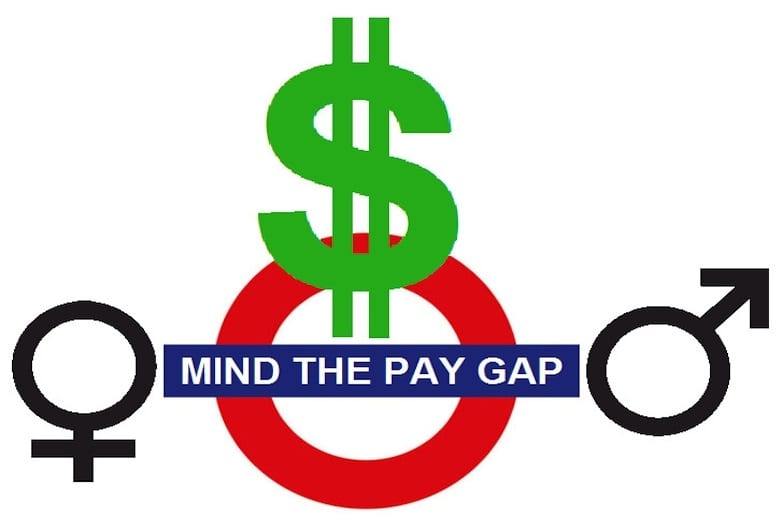
Why, you ask? The answer is simple.
Housing affordability for single women is a key reason why the government and business leaders need to take affirmative action on the issue of Australia’s pay gap.
The ultimate dream for many Australian families is still to own a one-acre block of land. To accommodate this, we have witnessed rapid urban sprawl around many capital cities.
However, there are more of us who are choosing to be single or divorced and are therefore downsizing from dual income to single income households. Women are impacted more significantly when making this choice than men.
The pay gap in Australia sits at just under 19% and there are number of reasons why it exists.
Women are more likely to work in industries that pay less such as healthcare, education, human resources, administration, food services, retail and hotels. More women also choose to work part time, job share or take long career breaks to be carers of their children. Let’s not forget to mention those awesome women who choose to stay at home full time and are responsible for the “unpaid” work of raising a family and running a household.
However, there are many organisations who will pay women less than men with no explainable reason other than the fact they are women.
Have you considered the impact you are having when you pay equally skilled and experienced women less than the male counterparts you employ?
Over the last 10 years, every single market in Australia has seen significant property price increases impacting the lowest income earners, in particular women.
The Council of Homeless Persons has done a study using DHS and ABS data on this issue of affordability for single women in Melbourne.
Out of Melbourne’s 106 suburbs, a single woman can only afford to rent one bedroom flats in just over a quarter of the city.
In March 2000, 72 suburbs were deemed affordable for women meaning we have witnessed a substantial reduction in choice over 16 years.
This is partially due to median rent for a one bedroom flat increasing from $129 dollars to $295 per week.
At $295 a week, many women will be experiencing rental stress, an anxiety caused when spending over 30% of wages on housing.
A single man on an average wage of $1305 a week, can afford to rent in 95 of the 106 suburbs.
There is significant disparity in these numbers.
Affordable suburbs for women include Bayswater, Frankston and Cranbourne. The majority of the suburbs listed are not inner city suburbs worsening expenses for transport and fuel.
So not only are you being pushed to the fringes of Melbourne to live as a single woman, you are having to perhaps make further choices on where you work and the types of jobs that are available to you.
Given the rate of divorce in Australia, there are increasingly more women who head up single parent families. These women are not only getting paid less but may be in part time employment. Their lack of earning capacity means they too are getting priced out of the rental market.
Public housing is not the answer, with over 200,000 on waiting lists across the country.
The 2011 census indicates that there are over 600,000 single women over the age of 45 on medium to low incomes who do not own their own homes. There are half the men in the same situation. As these women retire they will struggle to pay rent as the cost of living and utilities continues to rise.
So by 2020 we will potentially see:
-
Increases in the gap between the supply of affordable housing relative to income
-
A rise in the over-representation of women with children and elderly women who are homeless
-
Increased stress on public housing

